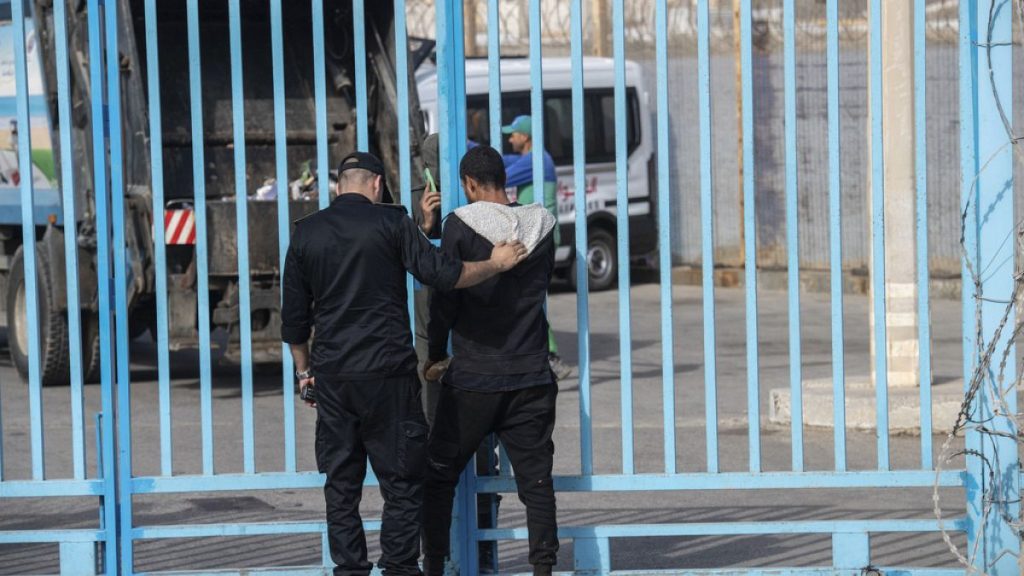Riot police were deployed at the Moroccan border with the Spanish enclave of Ceuta for the third night in a row as migrants attempted to cross into Spain. The tensions arose after calls on social media networks prompted groups of young people to try and breach the border fence. The Moroccan police used water cannons to disperse the crowds, mainly composed of Moroccans, who retaliated by throwing stones at law enforcement. Dozens of people were arrested on suspicion of inciting mass migration attempts. In a separate incident, nine individuals attempting to swim to Ceuta were intercepted and detained before reaching the shore. On the Spanish side, security forces remained on alert, but no action had been taken in recent hours.
The Spanish territories of Ceuta and Melilla have long been sought after by migrants and refugees looking for better opportunities in Europe. The recent surge in attempts to cross the border involved Moroccans of all ages, including minors, as well as migrants from sub-Saharan Africa, Algeria, and other regions who had been residing in the area in hopes of crossing into Europe. In response to the situation, both Spanish and Moroccan security forces have taken measures to control the influx. The Spanish Interior Ministry reported that the joint efforts of the two countries had helped bring the situation “under control”. Moroccan security forces had prevented over 45,000 migration attempts from January to early September, with a significant number occurring in the regions bordering Ceuta and Melilla.
Calls on social media prompted groups of individuals to gather at the Moroccan border town of Fnideq in an attempt to cross into Spain through Ceuta. The Moroccan police intervened, leading to clashes with the migrants as they tried to breach the border fence. The tense situation unfolded after a period of relative calm in the area, as security personnel on both sides of the border remained vigilant. The Moroccan intelligence agency, DGSN, arrested numerous individuals suspected of encouraging mass migration attempts through social media. Despite the efforts to deter unauthorized crossings, the influx of migrants and refugees into the region remains a persistent challenge for both Moroccan and Spanish authorities.
The ongoing migration attempts in the region around Ceuta and Melilla reflect a broader trend of migrants and refugees seeking entry into Europe in search of better opportunities and living conditions. The influx of individuals from various parts of Africa, the Middle East, and beyond has posed significant challenges for border security forces in the region. Spanish authorities have deployed additional security personnel to the area, while Moroccan security forces have ramped up efforts to prevent unauthorized entries. The situation at the border remains fluid, with sporadic clashes between migrants and law enforcement making headlines and highlighting the complex and often dangerous nature of migration across borders.
The recent incidents at the Moroccan border with Ceuta underscore the challenges faced by countries in addressing migration flows and managing border security. The influx of migrants and refugees seeking entry into Europe has strained resources and infrastructure in both Spain and Morocco. The joint efforts of the two countries to enhance security and prevent unauthorized border crossings have yielded some success, as evidenced by the decrease in migration attempts in recent months. However, the persistence of migration flows in the region highlights the need for comprehensive and sustainable solutions to address the root causes of migration and provide support to those in need of protection and assistance. By working together and collaborating on border security measures, Spain and Morocco can better manage migration flows and ensure the safety and well-being of all individuals seeking refuge and opportunities in Europe.


